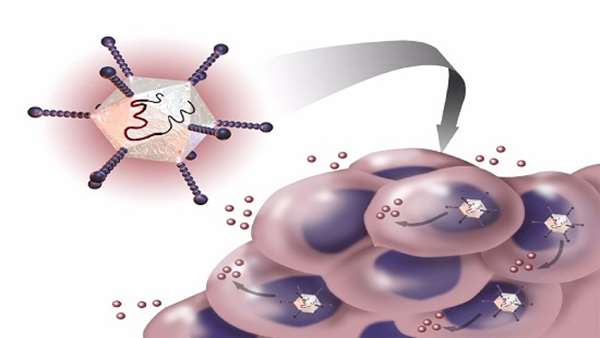Gene therapy restores auditory and vestibular function in a mouse mode
Because there are currently no biological treatments for hearing loss, we sought to advance gene therapy approaches to treat genetic deafness.
Because there are currently no biological treatments for hearing loss, we sought to advance gene therapy approaches to treat genetic deafness. We focused on Usher syndrome, a devastating genetic disorder that causes blindness, balance disorders and profound deafness, and studied a knock-in mouse model, Ush1c c.216G>A, for Usher syndrome type IC (USH1C). As restoration of complex auditory and balance function is likely to require gene delivery systems that target auditory and vestibular sensory cells with high efficiency, we delivered wild-type Ush1c into the inner ear of Ush1c c.216G>A mice using a synthetic adeno-associated viral vector, Anc80L65, shown to transduce 80–90% of sensory hair cells. We demonstrate recovery of gene and protein expression, restoration of sensory cell function, rescue of complex auditory function and recovery of hearing and balance behavior to near wild-type levels. The data represent unprecedented recovery of inner ear function and suggest that biological therapies to treat deafness may be suitable for translation to humans with genetic inner ear disorders.
Reference: Nature Biotechnology 35, 264–272 (2017) doi:10.1038/nbt.3801





ارسال به دوستان